
Quick Break Down: The New Neck Guard Mandate for Youth Hockey Players by USA Hockey
In a significant move to enhance the safety of young athletes, USA Hockey has announced a new mandate requiring all youth hockey players to wear neck guards starting this August. This decision aims to reduce the risk of neck injuries and ensure a safer playing environment for the thousands of young players across the country. Let's delve into the details of this mandate, its implications, and what it means for the future of youth hockey.
The Importance of Neck Protection in Hockey
Hockey is a high-speed, contact sport that presents numerous injury risks. While advancements in equipment have greatly improved player safety, neck injuries remain a concern. The neck is a vulnerable area, exposed to potential lacerations from skate blades and impacts from sticks or pucks. Though rare, neck injuries can be severe and even life-threatening, which underscores the necessity of protective measures.
Details of the Mandate
USA Hockey's new mandate stipulates that all youth players, from the youngest divisions up to the junior level, must wear approved neck guards during games and practices. This rule will come into effect at the beginning of the new season in August. The organization has provided guidelines on the types of neck guards that meet the safety standards, ensuring that players have access to the best possible protection.
Why Now?
The decision to mandate neck guards comes after a comprehensive review of injury data and consultations with medical experts, coaches, and equipment manufacturers. Recent high-profile incidents and increasing awareness of player safety have also contributed to the urgency of this mandate. By taking this proactive step, USA Hockey aims to prevent injuries before they occur, rather than reacting to incidents after the fact.
What This Means for Players and Parents
For players and parents, this new rule brings both reassurance and a need for adjustment. Parents can feel more confident about their children's safety on the ice, knowing that an additional layer of protection is in place. Players will need to adapt to wearing neck guards, which may feel cumbersome initially but will become a routine part of their gear over time.
It's important for parents to invest in high-quality neck guards that meet USA Hockey's standards. Many reputable brands offer products designed for comfort and maximum protection. Ensuring the proper fit is crucial, as an ill-fitting neck guard can be uncomfortable and less effective.
The Response from the Hockey Community
The response to the neck guard mandate has been overwhelmingly positive within the hockey community. Coaches, medical professionals, and league officials have expressed their support, emphasizing the mandate's role in promoting a culture of safety. Many believe that this rule will set a precedent for other leagues and sports to follow, highlighting the importance of proactive safety measures.
However, there are also challenges to address. Some players might resist the change, finding neck guards uncomfortable or restrictive. Coaches and parents will play a key role in encouraging compliance and helping players understand the importance of this new rule. Education and communication will be vital in ensuring a smooth transition.
Looking Ahead
The introduction of the neck guard mandate marks a significant step forward in youth hockey safety. As players and teams adapt to this new requirement, USA Hockey will continue to monitor its implementation and effectiveness. The organization is committed to refining and updating safety protocols as needed, ensuring that young athletes can enjoy the sport they love with the highest level of protection.






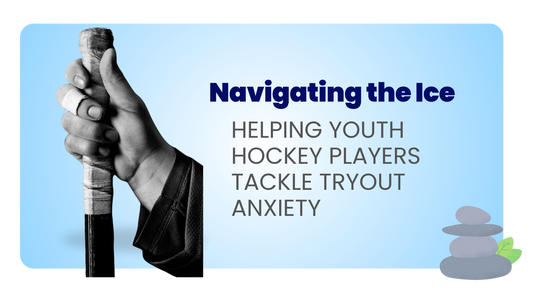
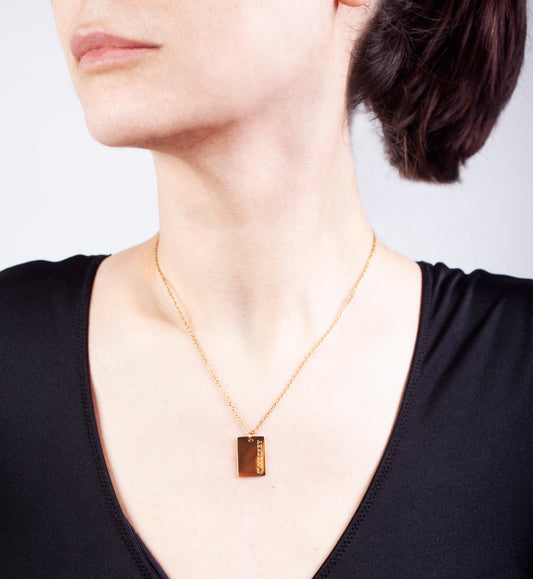


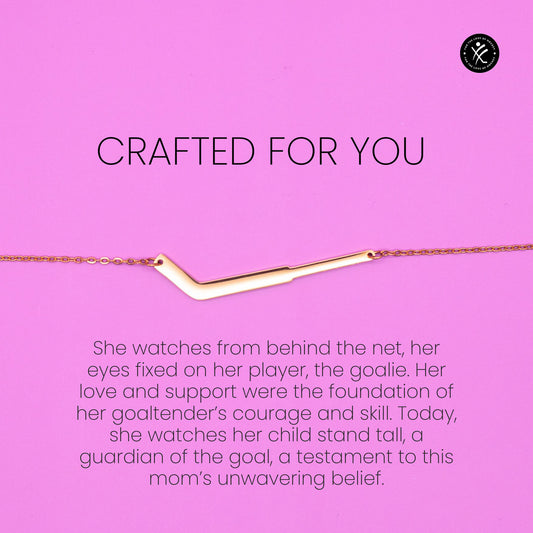




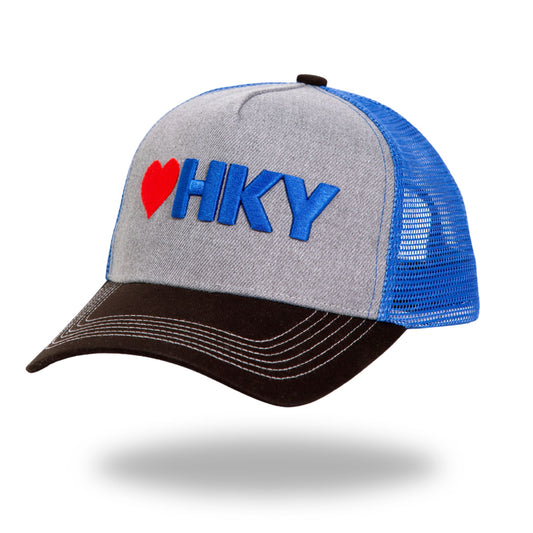
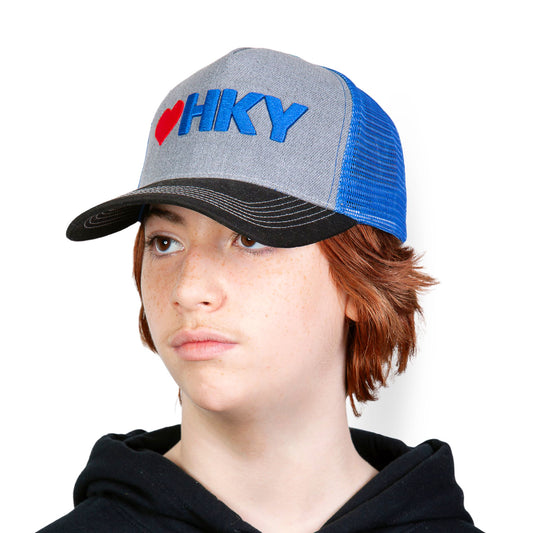
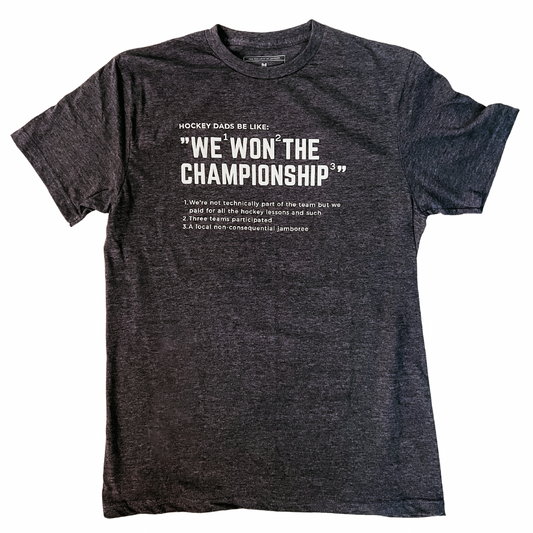
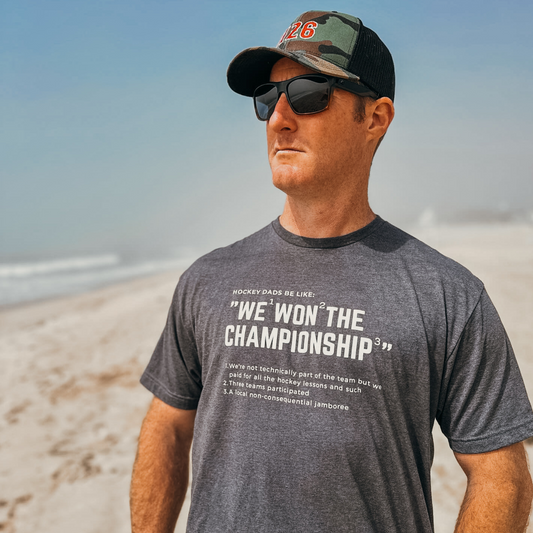
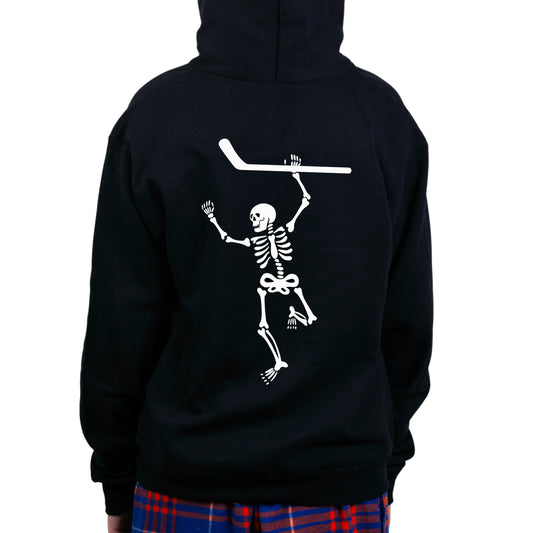
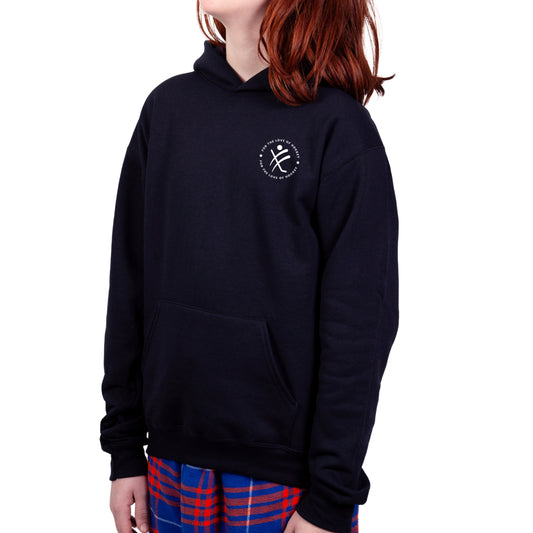

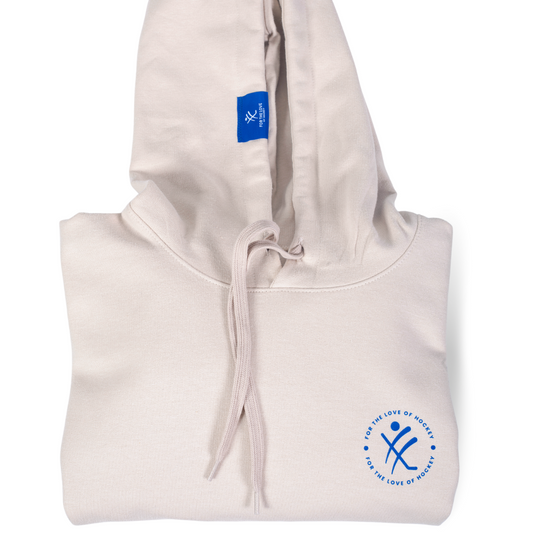
No comments